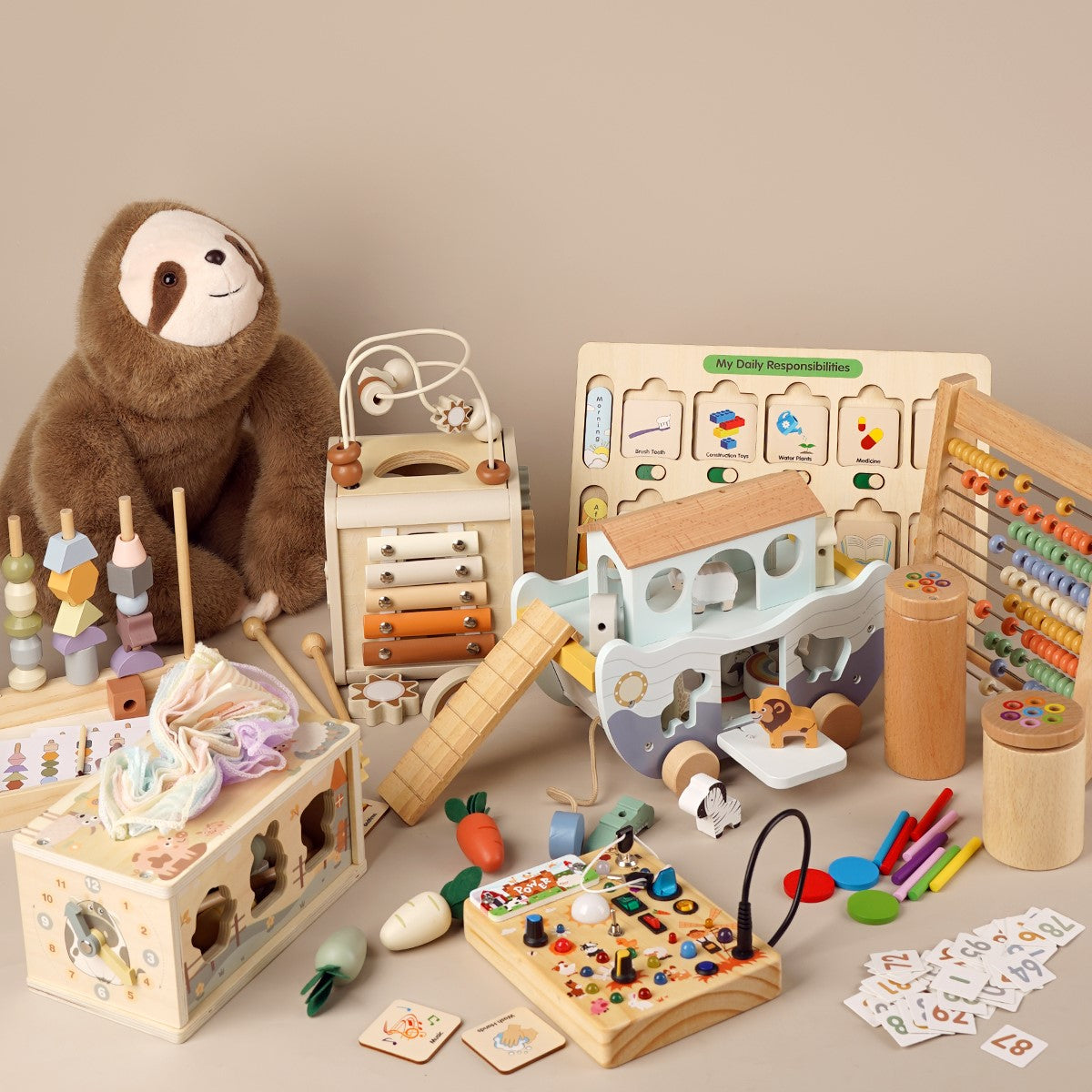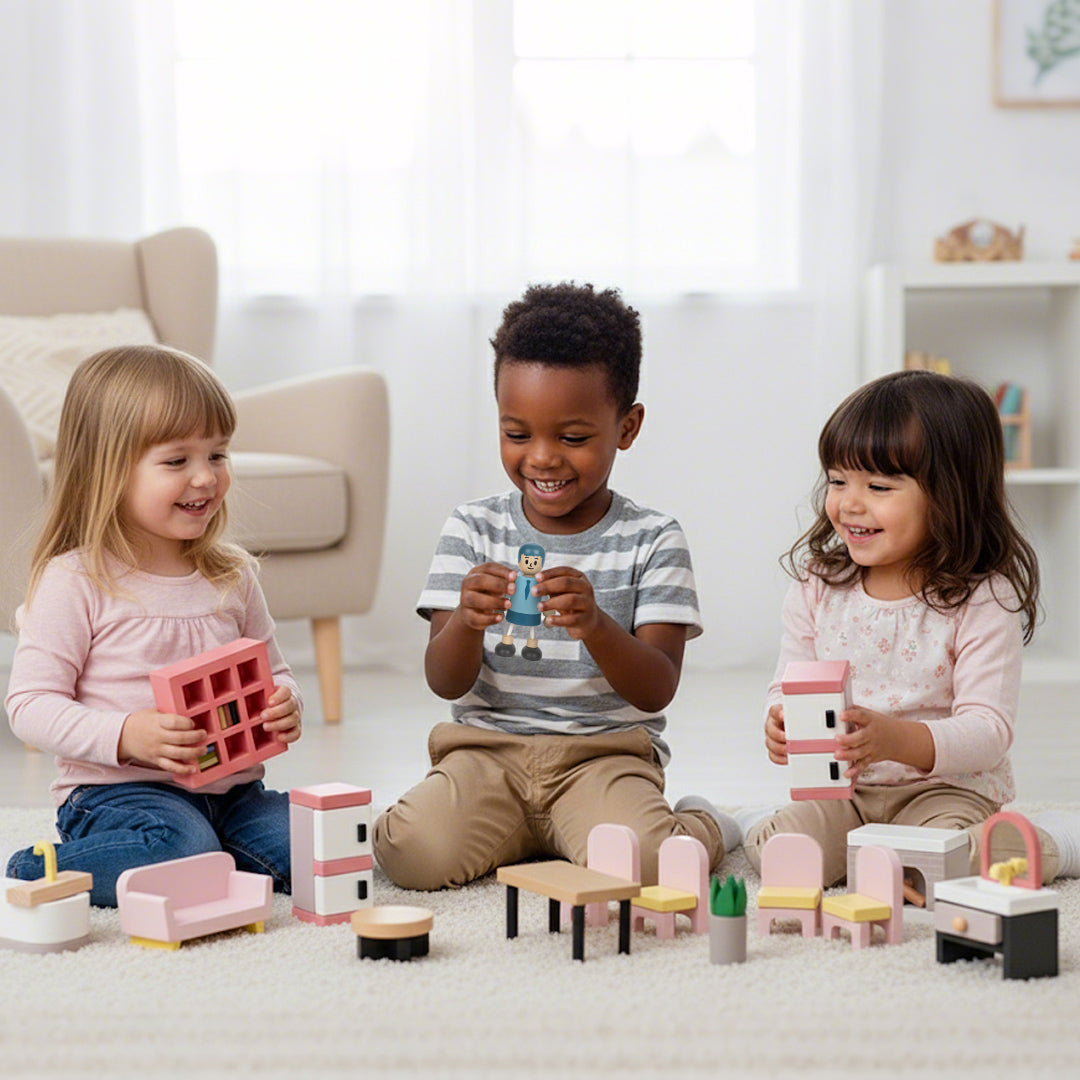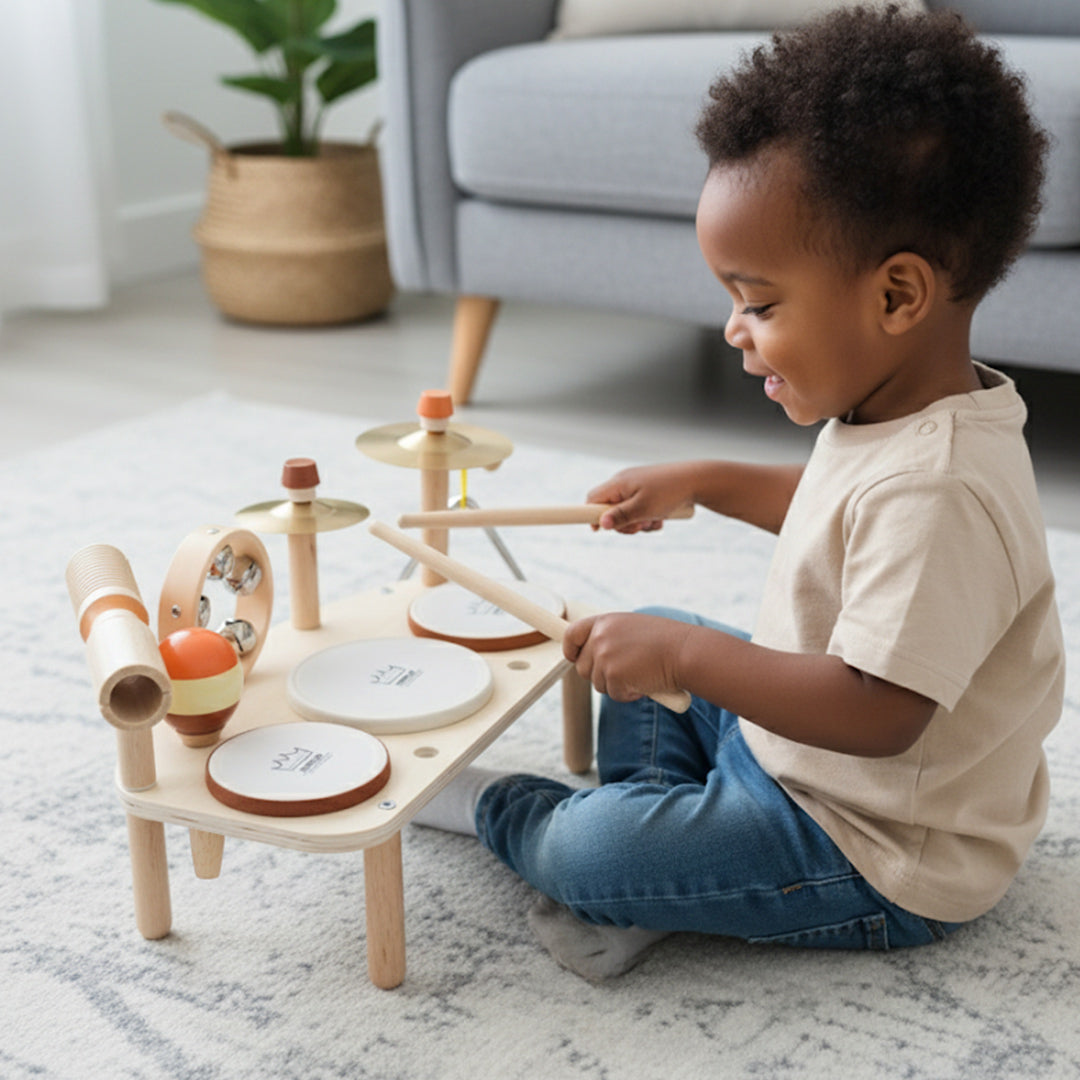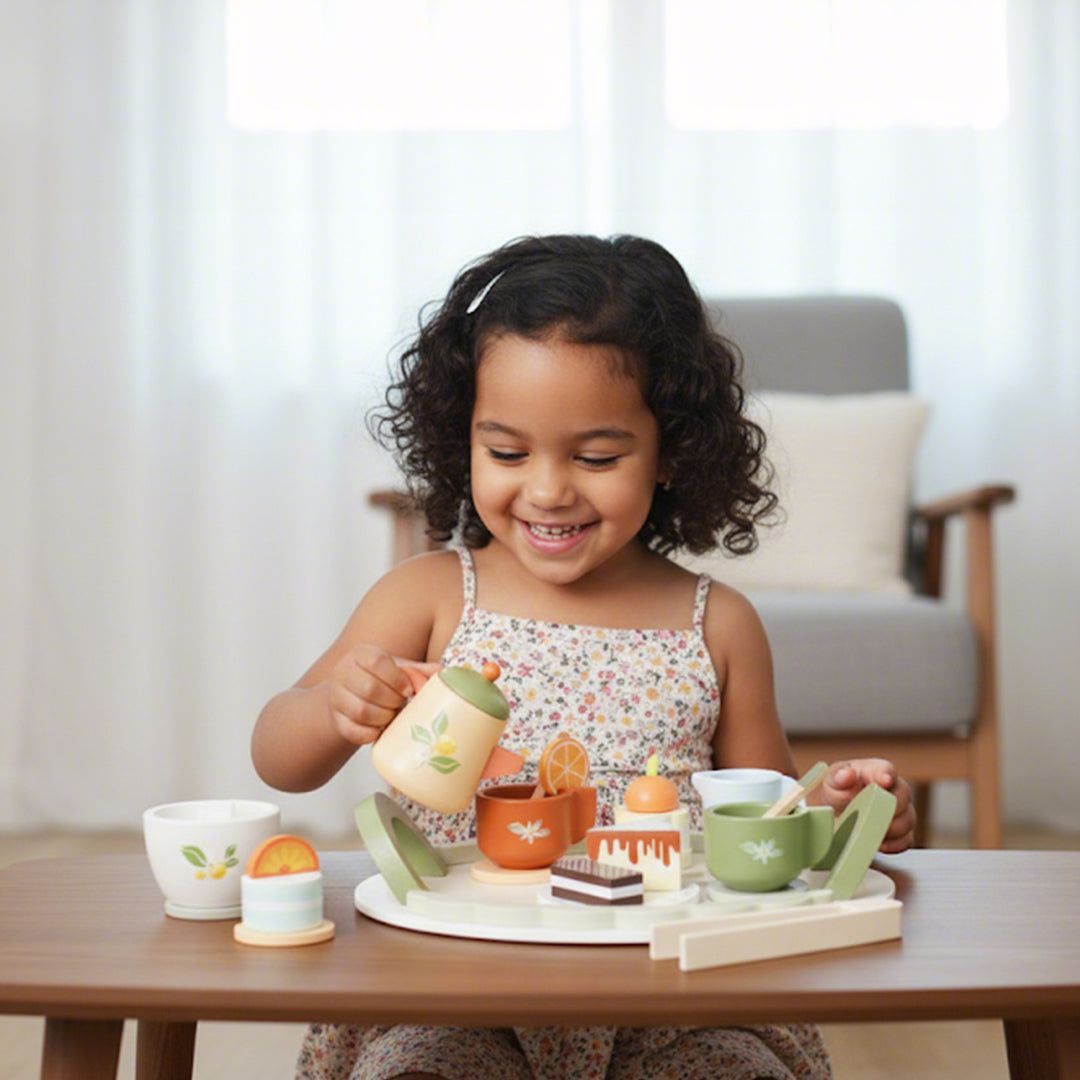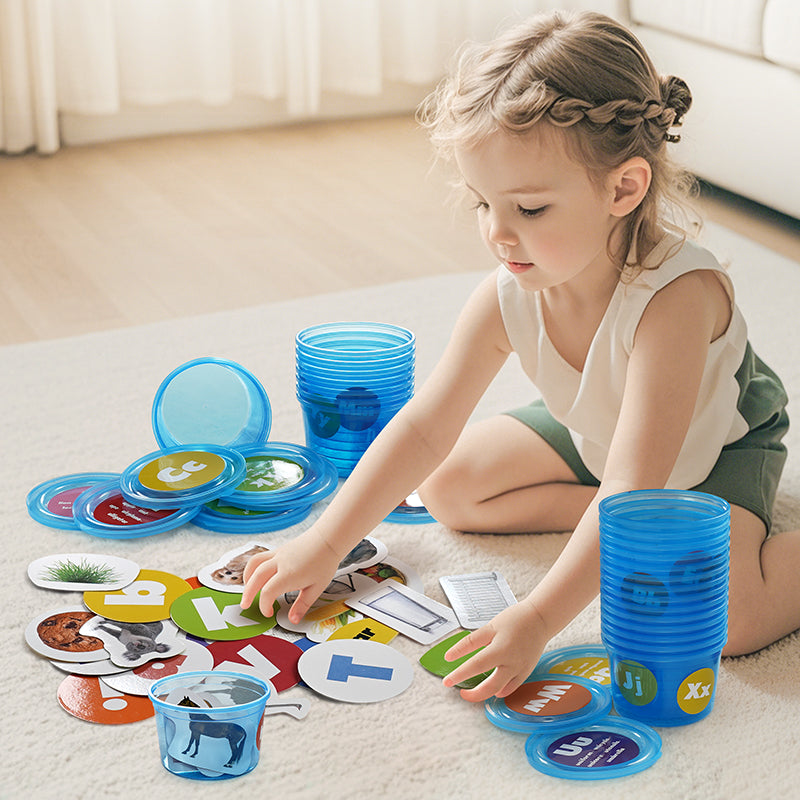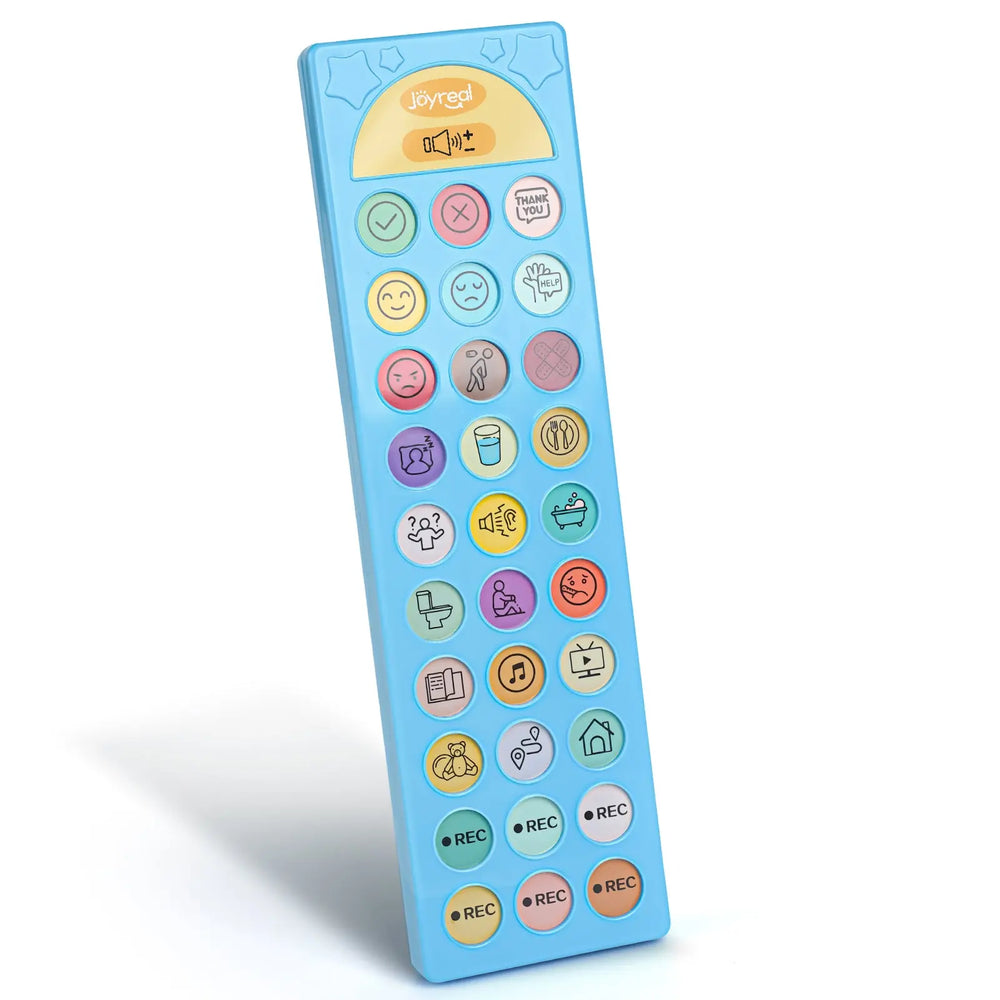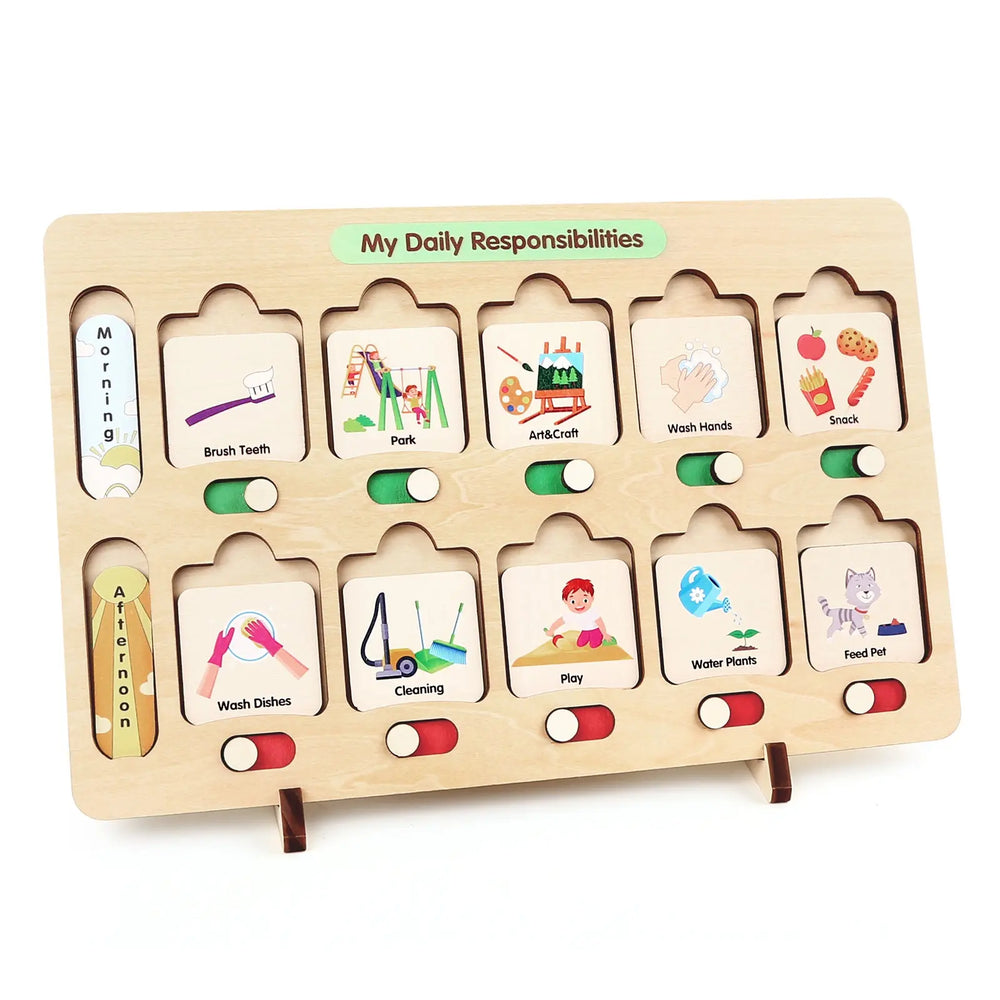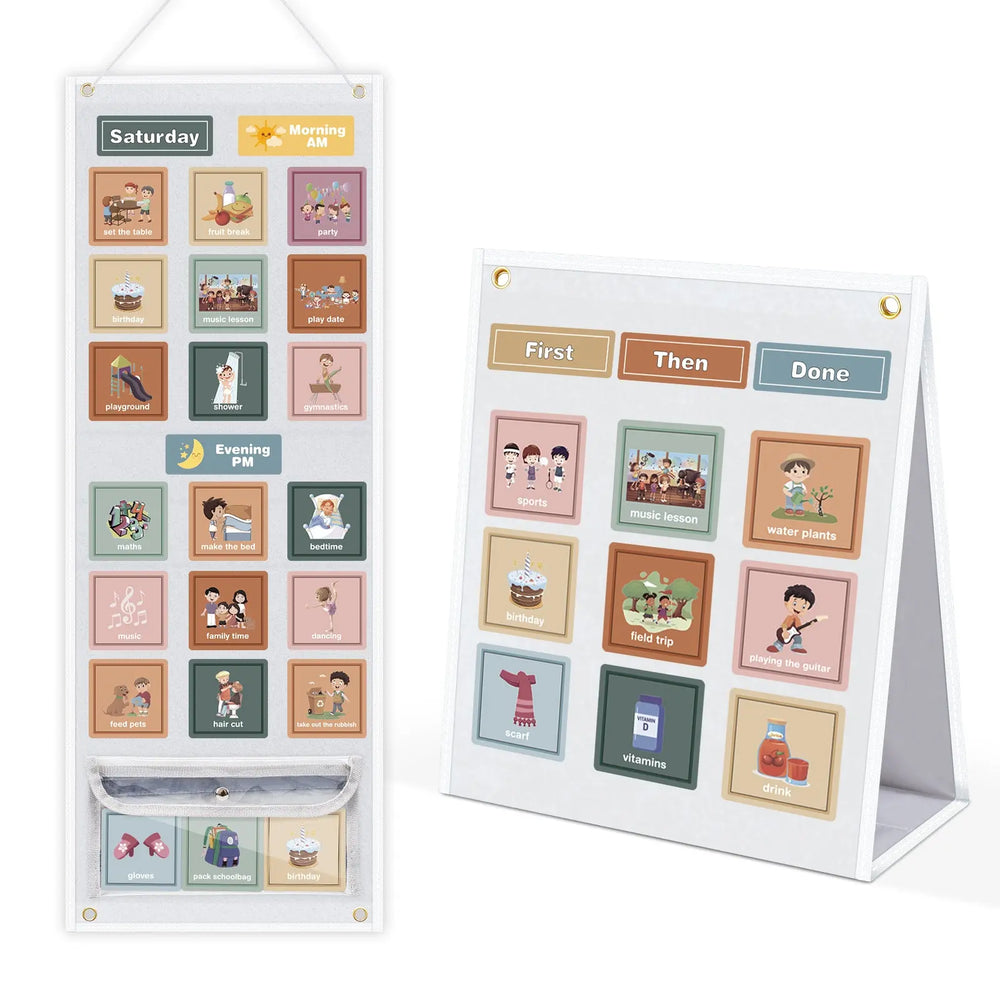How Do Different Colors Affect Sensory Overload in Autistic Children?

Sensory overload is a common experience for many autistic children and can significantly impact their comfort, focus, and well-being. While much attention is given to noise, texture, and lighting, the role of color in sensory environments is often underestimated. Understanding how different colors affect autistic children is crucial for parents, educators, and therapists seeking to create supportive spaces.
The Sensory World of Autism
Many autistic children experience heightened or altered sensory processing. Colors—just like sounds, textures, and lights—can be perceived very differently by individuals on the autism spectrum. A shade that appears soft or neutral to one person may feel overwhelming or even distressing to another. Some children may find certain colors soothing, while others may become agitated or distracted by the same hues.
Understanding this sensory variability is crucial. A child’s preference for or aversion to specific colors isn't simply a matter of taste—it can be rooted in neurological differences that influence comfort, focus, and emotional state.
Why Color Preferences Matter
1. Enhancing Learning Environments
Educational settings that reflect a child’s color preferences can improve concentration and reduce anxiety. For example, using favored colors in visual aids, classroom decorations, or personal learning materials can make a space feel more welcoming and manageable. Conversely, failing to consider color aversions may contribute to sensory overload, leading to behavioral challenges or withdrawal.
2. Supporting Emotional Regulation
Color can significantly influence mood and emotional regulation. For autistic children, who may struggle with recognizing or managing emotions, familiar and preferred colors can offer a sense of safety and control. Incorporating these colors into clothing, toys, room decor, or even therapy tools can serve as an effective self-soothing strategy.
3. Fostering Communication
For some nonverbal or minimally verbal autistic children, color preferences can serve as a form of expression. Children may gravitate toward certain colors when choosing objects, clothing, or art materials. Paying attention to these choices can offer caregivers and educators insights into a child’s emotional state, interests, or comfort levels.
4. Promoting Inclusion and Respect
Recognizing and honoring individual preferences—including those related to color—fosters a sense of validation and respect. Autistic children, like all children, deserve to have their unique likes and dislikes acknowledged and accommodated. This approach supports a more inclusive environment where every child feels seen and valued.
Reference:https://theplaceforchildrenwithautism.com/autism-blog/autisms-colors-symbols
The Science: Color Perception in Autism
Research suggests that autistic individuals may process visual information, including colors, differently due to variations in neural pathways. This can lead to heightened sensitivity or aversion to specific colors. For example:
- Bright primary colors (like red or yellow) can be intensely stimulating and may cause discomfort or agitation.
- Muted or pastel tones are often more tolerable and even calming.
- Fluorescent or highly saturated colors are most likely to provoke sensory overload.
- Contrasting patterns and color combinations can also be visually overwhelming and distracting.
- It’s important to note that preferences and sensitivities vary widely—what soothes one child may unsettle another.
Incorporating Autism-Friendly Colors into Educational Tools: The Case of AAC Devices
As our understanding of the sensory needs of children with Autism Spectrum Disorder (ASD) grows, designing educational tools—including AAC (Augmentative and Alternative Communication) devices—has become an important topic for parents, special educators, and therapists. Color is a key sensory element that directly influences autistic children's attention, mood, and ability to communicate. So, how can we thoughtfully incorporate autism-friendly colors into AAC devices and other educational resources?
Practical Strategies for Using Color in AAC Devices
1. Use Low-Saturation, Natural Tones for Main Interfaces
Build the primary interface using gentle blues, greens, beige, or light gray to reduce visual stress.
Avoid large areas of bright red, orange, yellow, or fluorescent colors.
2. Highlight Key Buttons with Gentle, Distinct Colors
- Important buttons like “Home” or “Help” can be marked with clear but non-overstimulating colors such as navy blue or grass green to aid intuitive navigation.
- Ensure text/icon and button backgrounds have strong contrast but are not glaring (e.g., white text on a navy background).
3. Employ Color for Functional Organization
- Use consistent colored bars or backgrounds to separate categories, helping children find what they want to say more quickly.
- For example, use light green for food, light blue for actions, and light orange for emotions.
4. Allow for Individualized Adjustments
- Let parents and teachers customize color themes based on each child’s preferences.
- AAC devices should offer multiple color themes or schemes for personalization.
5. Avoid Excessive Colors and Busy Patterns
Keep interfaces simple, with no more than two or three colors per page to minimize distraction.
Use clear, high-quality images or icons without unnecessary color clutter.
Extending Color Use to Other Educational Tools
- Books and Cards: Choose gentle color palettes, focus on one element per page, and keep backgrounds unobtrusive.
- Desk Learning Tools: Items like puzzles or number boards can use unified color tones or logical color sorting.
- Sensory Toys: For example, stress balls or weighted cushions are most effective when made in soft, calming colors.
Key Takeaway
Color is far more than a decorative element—it’s a powerful sensory experience that holds the potential to profoundly affect how autistic children perceive and interact with their environment. By understanding how colors can contribute to sensory overload, caregivers and educators can design spaces that are not just visually pleasing but also inclusive, calming, and supportive of emotional and cognitive well-being. Thoughtful, intentional color choices can foster more comfortable and productive environments that embrace the diverse needs of autistic children.
Using color effectively requires a few guiding principles: lean toward calming tones, minimize visual clutter, personalize where appropriate, and use color as a tool to visually support routines and transitions. While there’s no universal formula, the key is to listen, observe, and adapt to each child’s unique preferences and sensitivities. With these approaches, educators and caregivers can create classrooms, therapy rooms, and tools that are truly welcoming and tailored for individual comfort and success.
Maybe it will be helpful for you:
Recent Post

What Finally Helped My Toddler Speak Up?
If you’re a toddler mom, you already know how much emotional weight...

Joyreal Christmas Toys Deals 2025
Enjoy instant savings across nearly every category, from early lear...

How Wooden Montessori Toys Support a Sustainable Childhood
Most parents don’t say it out loud, but many feel the same quiet fr...

Top Christmas Gifts to Help Kids Communicate Better This Holiday Season
The holiday season brings joy, family bonding, and endless opportun...

How to Make DIY Printable Communication Boards
Communication is at the heart of every child’s development — and fo...

Top 5 Christmas Gifts That Bring Families Closer (2025 Guide)
Christmas isn’t just about the gifts — it’s about the moments we c...

Top Musical Christmas Gifts for Toddlers & Preschoolers 2025
Why Musical Gifts Are Perfect for Toddlers and Preschoolers Music h...

Joyreal AAC Devices Wholesale Partner
In today’s educational and therapeutic environments, speech therapi...

Joyreal AAC Device – Big Sale for Autism & Speech
Every Voice Deserves to Be Heard Imagine your child looking up at y...

How to Choose Safe & Educational Toys for Christmas 2025
When “Just a Toy” Means So Much More If you’re a parent, you know t...
